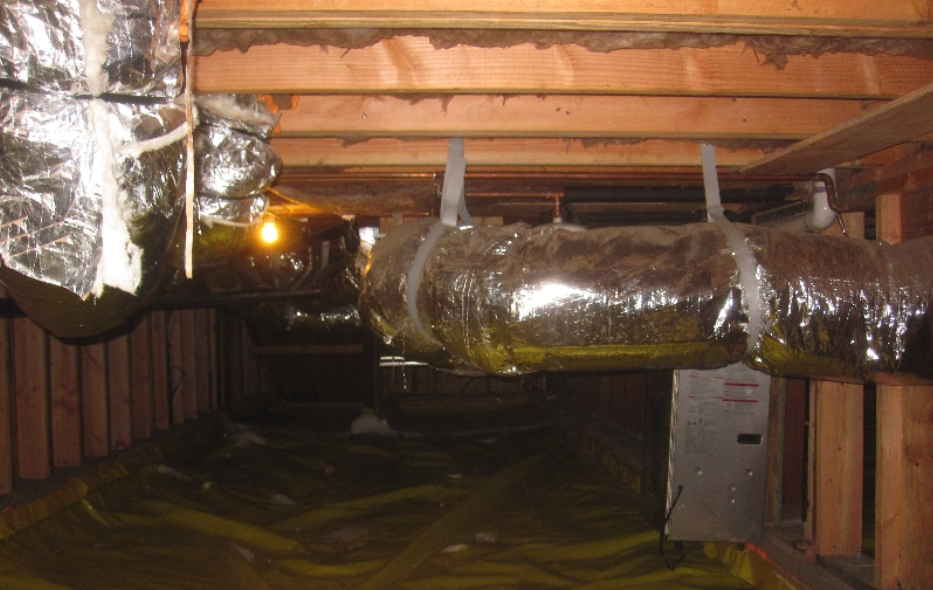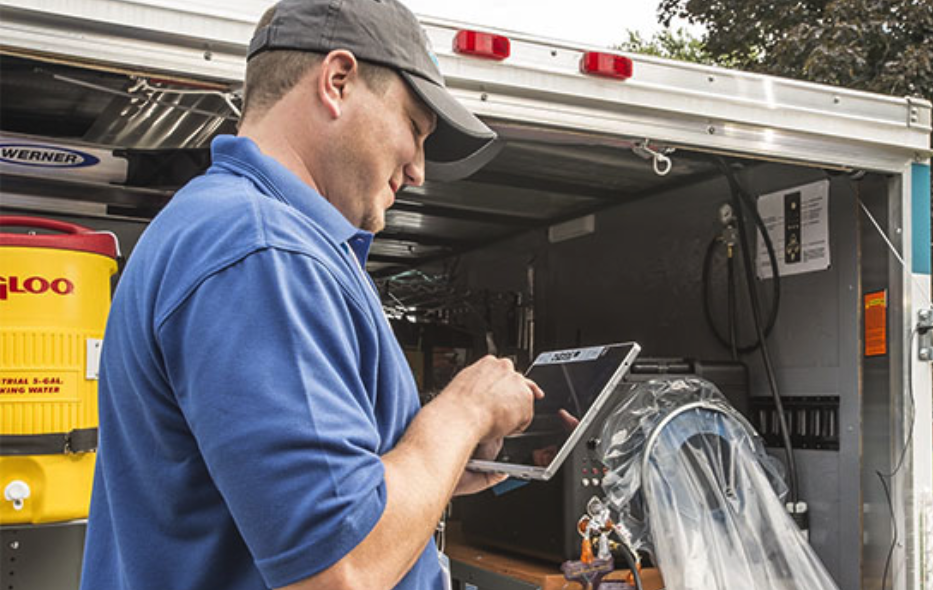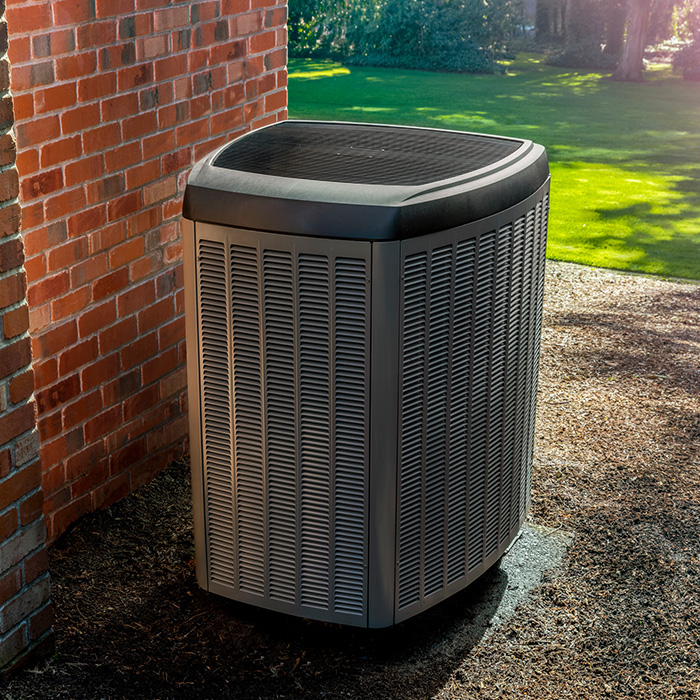We’ve discussed the cost inefficiency of replacing mobile home ductwork, as well as the challenge of reaching areas where access to the ductwork is not available. So what can mobile homeowners do?
The answer lies in sealing duct leakage from the inside out. Aeroseal, a climate tech company with dealers across the globe, has developed a highly effective, and non-destructive way of sealing duct leakage. Aeroseal’s technology pressurizes the ducts, and distributes its proprietary, non-toxic sealant all throughout the ductwork, bringing leakage nearly to zero. This results in consistent, comfortable temperatures in every room and saved energy
Two recent customers reached out to us about their Aeroseal duct sealing experience.
Both say that Aeroseal’s procedure made a huge difference in both their indoor comfort and their energy bill.
Both are now saving $100/month or more on heating (their entire winter energy bills averaged about $250 a month before duct sealing). This is a lot of savings for anyone, but it was particularly appreciated by these two homeowners who are both on fixed incomes.
One of the mobile homeowners suffered from allergies. She says that since the Aeroseal mobile home duct repair work was done, her symptoms have seriously diminished. She says her eyes are no longer red and sore, and her constant indoor sneezing has all but disappeared.
Rooms that never got enough heat were now as warm and cozy as the rest of the home. They can now even feel the heat blowing out of registers that were previously low-performing.
Do You Need Mobile Home Duct Work? Contact Aeroseal Today
Mobile homeowners don’t have to suffer any longer — and duct sealing these homes with Aeroseal is proving to be one of the best investments mobile homeowners can make.
Aeroseal gets the job done for manufactured homes, mobile homes, and traditional homes. If the duct system for your mobile home feels like it’s not performing as well as it should be, or your energy bills are off the charts, contact Aeroseal today.













